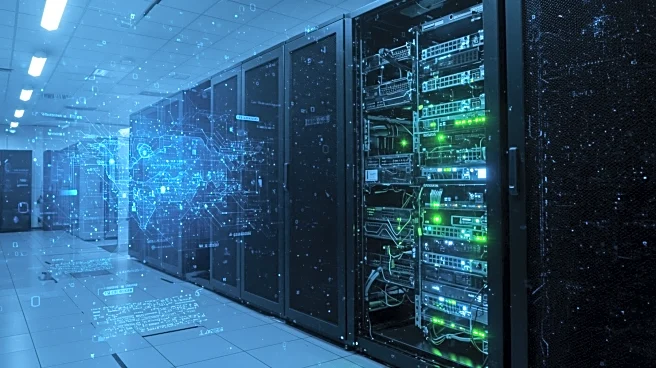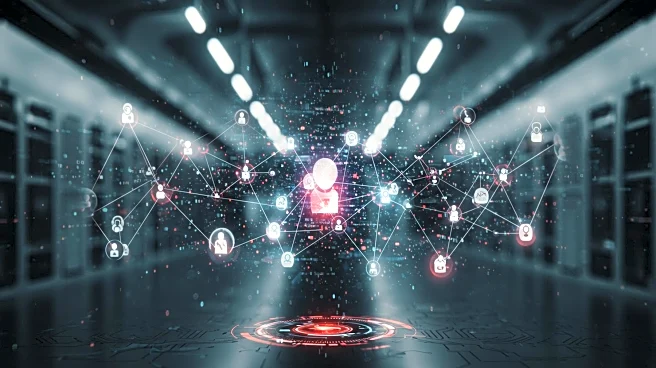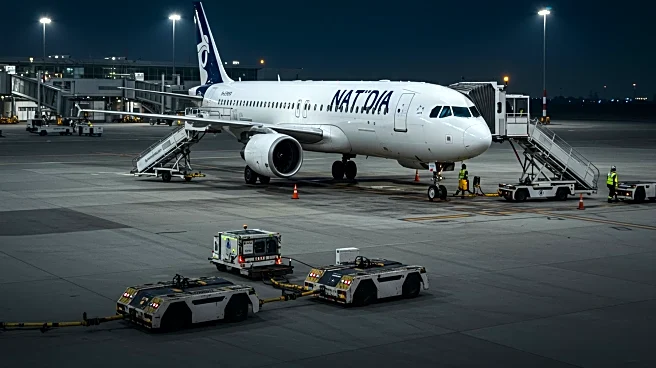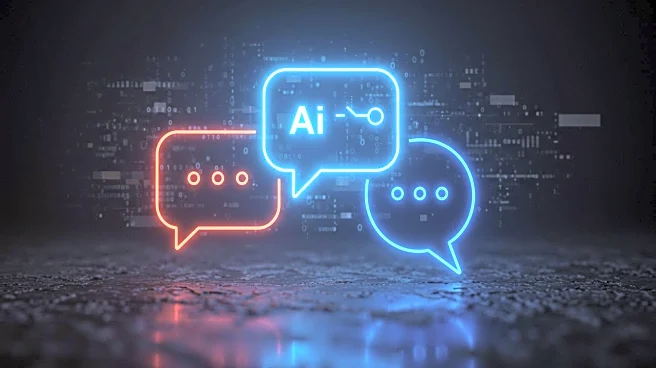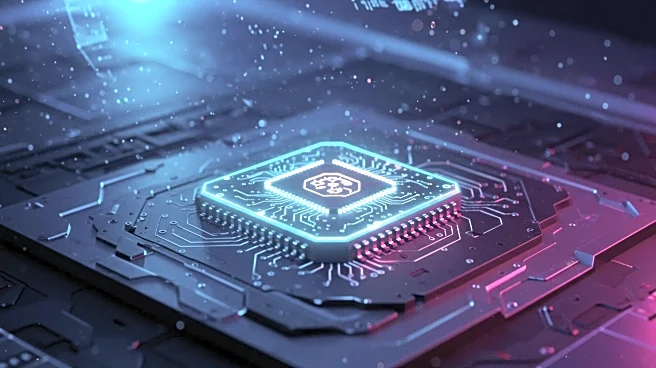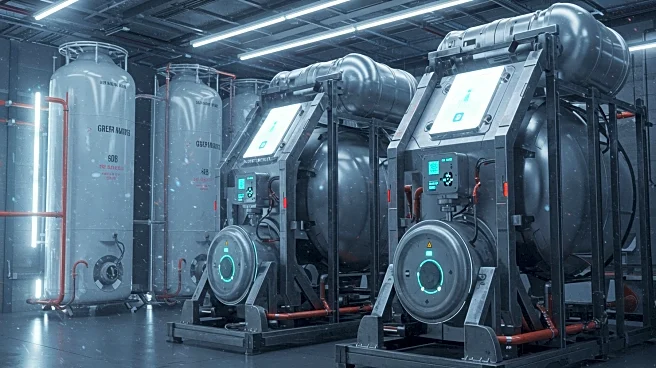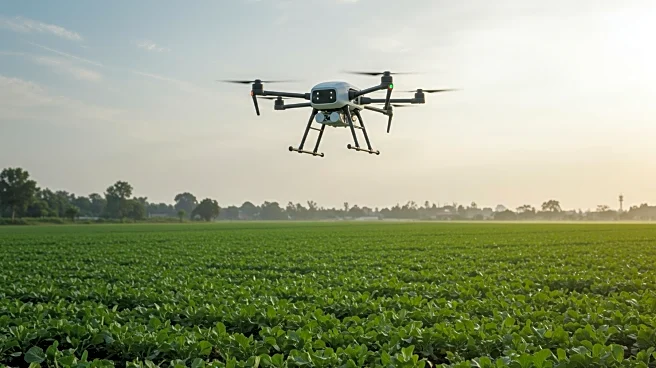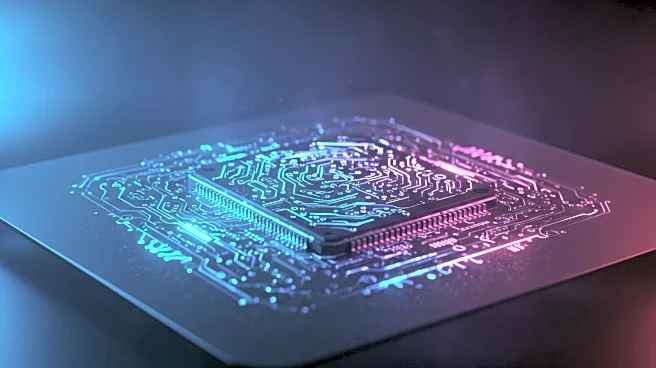What's Happening?
The Dell'Oro Group has reported that the data center physical infrastructure market is set to reach $63.1 billion by 2029, driven by the build-out of AI technologies. Thermal management solutions, particularly direct liquid cooling (DLC), are expected to grow significantly, with a projected increase from $1.1 billion in 2024 to $5.8 billion in 2029. This growth is attributed to rising rack densities and the need for efficient heat dissipation technologies. The report also highlights the expansion of cabinet PDU solutions and busway systems, which are crucial for managing power distribution in AI halls.
Why It's Important?
The growth in data center infrastructure is indicative of the increasing reliance on AI technologies across various sectors. Efficient cooling and power distribution are essential for maintaining the performance and reliability of high-density computing environments. This trend is likely to benefit companies involved in the development and deployment of AI solutions, as well as service providers offering cloud and co-location services. The focus on AI infrastructure also highlights the importance of adapting to new thermal and electrical realities in data centers.
What's Next?
As the demand for AI infrastructure continues to rise, data center operators will need to address power availability challenges by investing in on-site generation solutions. Enterprises are expected to increasingly rely on co-location partners for hosting AI workloads, rather than expanding their own facilities. The growth in AI infrastructure will likely drive further innovation in cooling and power distribution technologies, as vendors and operators adapt to new requirements.
Beyond the Headlines
The expansion of AI infrastructure may have broader implications for the global technology landscape, including increased competition among service providers and potential shifts in data center locations due to geopolitical factors. The emphasis on AI-ready capacity could also lead to advancements in related fields, such as machine learning and data analytics, further transforming industries reliant on these technologies.
